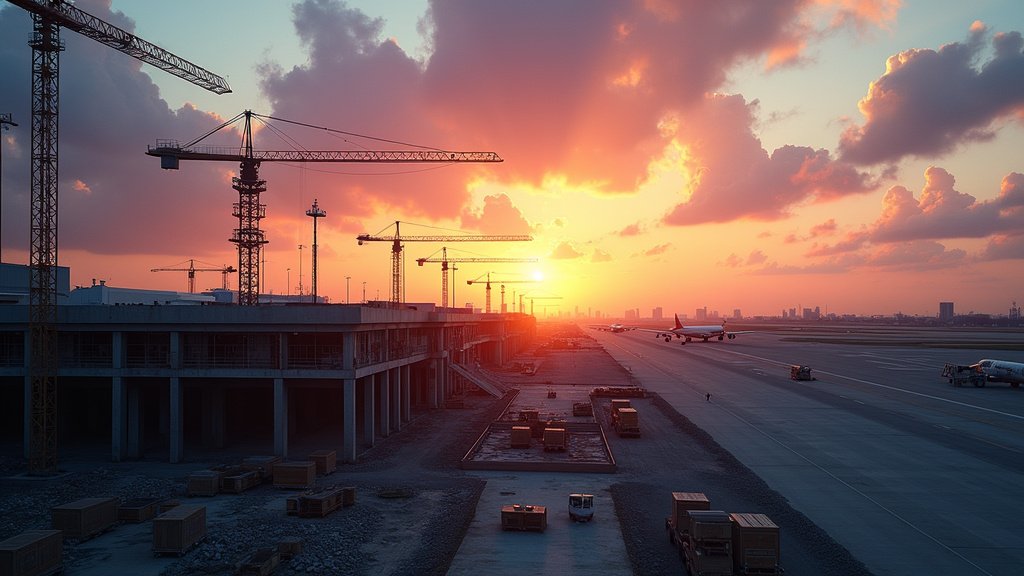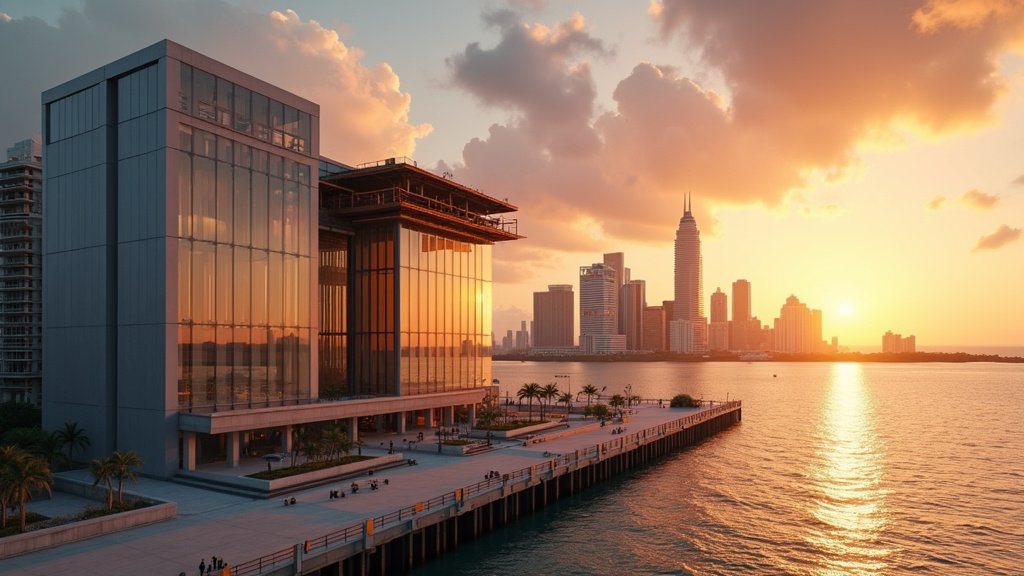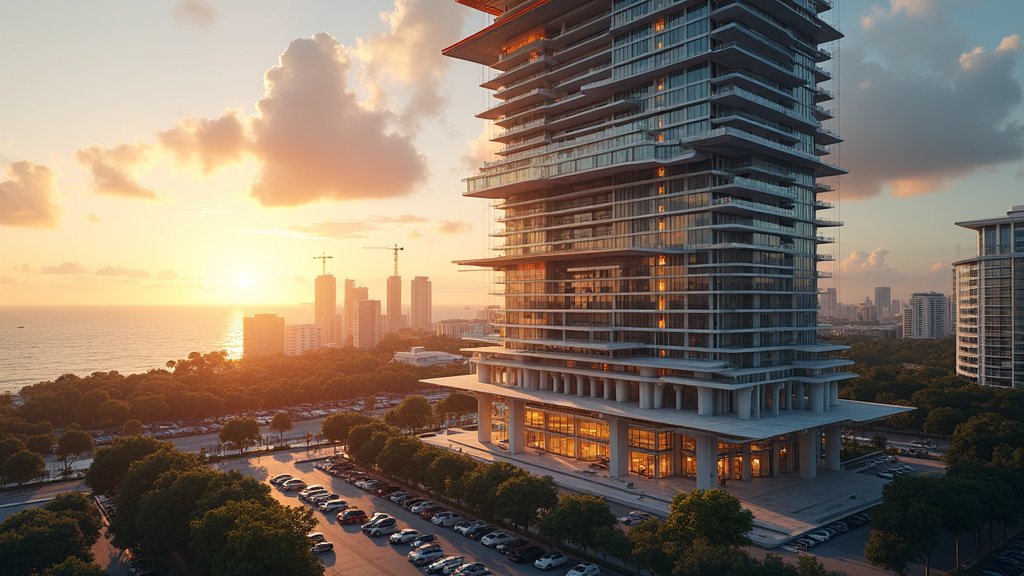Miami International Airport is actively pursuing a critical land expansion deal involving the reacquisition of two county-owned hangars. This strategic move is deemed vital for facilitating the airport’s substantial growth in both passenger and cargo operations. Aviation officials are currently engaged in negotiations with the tenant of these hangars, located along Northwest 36th Street, with the ultimate goal of demolishing the structures to make way for expanded airport maintenance facilities. This expansion is a cornerstone of Miami International Airport’s (MIA) long-term vision to accommodate an anticipated surge in demand, with projections indicating an increase to 77 million passengers annually by 2040, a significant rise from the approximately 56 million passengers served last year.
The ongoing negotiations are considered time-sensitive, with aviation officials expecting significant advancements by October. Aviation Director Ralph Cutié has emphasized the pivotal nature of this land acquisition, highlighting that securing the area behind these hangars is crucial for future development and the growth of all airlines operating at MIA. For decades, MIA has faced land constraints due to its location within a developed urban area, making land acquisition a high-premium endeavor. The airport’s ability to achieve gains in passenger and cargo volumes despite these limitations underscores its strategic importance and ongoing development efforts.
Laying the Groundwork for Future Growth
Miami International Airport is in the midst of a comprehensive, multi-billion dollar modernization program aimed at transforming the global hub and preparing it for projected increases in traffic. The overarching Modernization in Action (M.I.A.) Plan, backed by Miami-Dade County Mayor Daniella Levine Cava and the Board of County Commissioners, represents a $9 billion investment in capital improvements and $1.7 billion in maintenance upgrades over the next decade. This ambitious program is designed to enhance every aspect of the passenger journey and operational efficiency.
Key components of this extensive overhaul include the redevelopment of the Central Terminal, the construction of a new Concourse K to expand the South Terminal, and the renovation of gates at Concourse D to accommodate larger aircraft and more flights. Additionally, the plan incorporates the development of a new four-star hotel with business facilities, and significant upgrades to elevators, escalators, moving walkways, and restrooms across the airport. The Concourse K expansion alone, a $600 million project, will add six new contactless gates, a ground support equipment maintenance facility, and improved baggage handling systems, marking the airport’s first terminal expansion since 2007. These projects are essential for MIA to handle the projected 77 million travelers and four million tons of freight annually by 2040.
Navigating Land Constraints and Cargo Boom
Despite recent temporary dips in passenger numbers from previous record highs, MIA has experienced robust growth in freight tonnage, reinforcing the need for expanded operational capacity. The airport’s strategic location makes it a critical gateway for international trade, particularly for perishable goods and pharmaceuticals, positioning it as the leading international cargo airport in the U.S.. Projections suggest cargo volumes could double within the next decade, further emphasizing the need for logistical and infrastructural enhancements.
The current land deal is especially significant because MIA has historically been landlocked, making new construction areas scarce and expensive. The airport has proactively sought to acquire nearby land as opportunities arise, including a recent consideration for a 7.4-acre plot planned for residential development, which the county was looking to purchase for $54 million as part of its modernization program. Furthermore, the Miami-Dade Expressway Authority authorized the sale of 5.3 acres to the Aviation Department for $10.1 million to serve as a construction staging area for the Capital Improvement Program. These acquisitions are crucial for implementing the airport’s extensive development plans, which are being executed while the airport continues full operations.
Key Players and Strategic Vision
Aviation Director Ralph Cutié has been a central figure in unveiling and championing these expansion plans to the county’s Airport Committee, stressing the strategic importance of each development phase. Miami-Dade County Mayor Daniella Levine Cava and the Board of County Commissioners have provided critical support for the multi-billion dollar modernization efforts, recognizing MIA’s role as a primary economic engine for the region. The airport’s economic impact is substantial, generating an estimated $118 billion and contributing to 700,000 local jobs.
The ongoing expansion and modernization efforts are not just about accommodating future passenger and cargo numbers; they are about maintaining MIA’s competitive edge on the global stage. By investing in state-of-the-art facilities, improving passenger experience, and expanding operational capacity, MIA aims to solidify its position as a world-class global gateway and a vital driver of economic prosperity for South Florida and beyond. This headline news underscores the airport’s commitment to a future-ready infrastructure that can support its continuously growing role in international aviation and commerce.
The tenant of the two hangars is not explicitly named in the provided context, but the ongoing negotiations with them are expected to see significant advancement by October. This trending news surrounding this vital land expansion deal highlights the dynamic and forward-looking nature of Miami International Airport’s development strategy.





